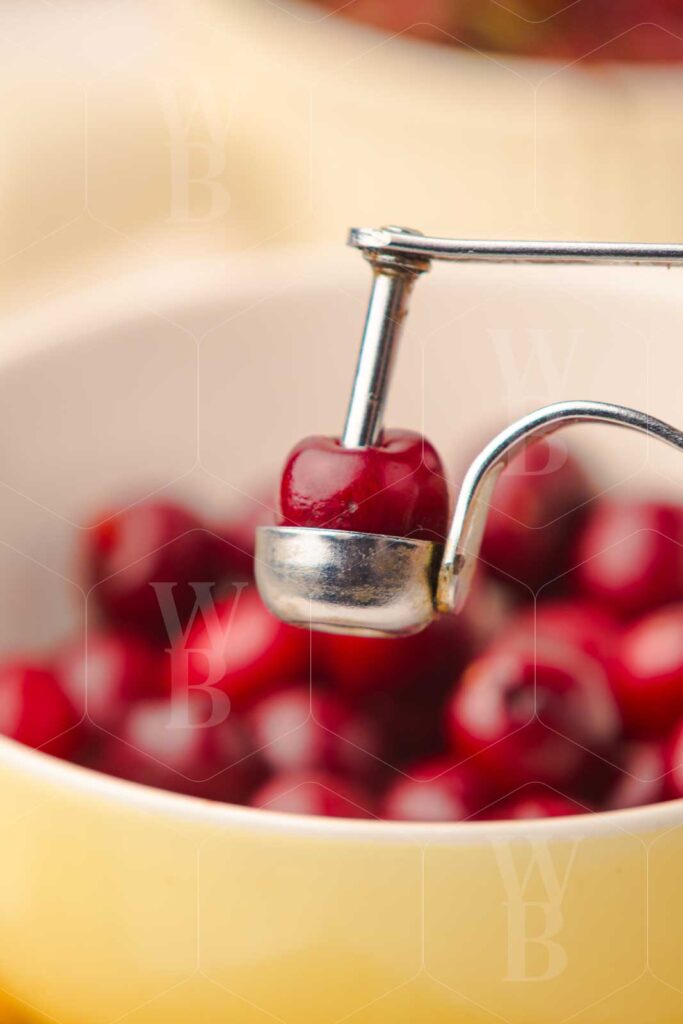In our last post, The Ad-Supported Food Blog is Dead. Here’s the 2025 Playbook, we diagnosed the perfect storm hitting food bloggers. Your traffic has fallen off a cliff , ad rates are collapsing , and the old model is fundamentally broken.
But that diagnosis came with a 4-part recovery plan. This post is the deep dive on Pillar #1: The “Anti-Penalty” Strategy.
This is how you stop the bleeding. This is how you align with Google’s new rules. This is your playbook for winning with E-E-A-T.
First, let’s get one thing straight. The “Helpful Content Update” (HCU) is no longer a separate, temporary penalty you can “recover” from.
As of March 2024, its signals are fully integrated into Google’s core ranking system.
This isn’t just another technical update; it’s a fundamental shift in philosophy. Google’s entire goal with the HCU was to degrade content created “SEO-first” and explicitly reward content created “people-first“. Their stated objective is to reduce “useless” or “low-quality” content in search results by as much as 40-45%.
This is the new baseline.
So, how does an algorithm measure a human-centric concept like “people-first”?
That’s where E-E-A-T comes in.
E-E-A-T is the framework Google provides to its human quality raters to define and measure what “people-first” content actually looks like. It’s the official rubric for proving your content is helpful, reliable, and trustworthy.
To Google, if your blog doesn’t demonstrate E-E-A-T, it is, by definition, not “people-first” and therefore “unhelpful”.
Before we build, we must understand the biggest risk: YMYL.
YMYL stands for “Your Money or Your Life”. Google defines this as any topic that could “impact a person’s health, financial stability, or safety”.
This is where many food bloggers get into serious trouble.
Google holds YMYL content to the highest possible E-E-A-T standards because bad advice can cause real harm.
Not all food content is YMYL, and it’s critical you know the difference:
The Bottom Line: If your post on “The Best Keto Cookies” makes health claims and you are not a registered dietitian, Google’s HCU algorithm may flag that page as “unhelpful” or even “harmful”. This doesn’t just hurt the page; it can negatively impact the quality perception of your entire site.
Here is your tactical, step-by-step plan to rebuild your content around the four pillars.
This is the “E” Google added in December 2022, and it’s your single greatest weapon.
It was designed specifically to fight generic, rewritten content. Google is literally asking, “Did you actually make this recipe, or did you just rewrite it from another site?”.
This is where you, as a content creator, have a massive advantage over AI and content farms.
Action Plan:

Here is the critical difference:
Expertise is about demonstrating deep, formal knowledge.
Action Plan:

While Expertise is what you know, Authoritativeness is how the rest of the world recognizes what you know. It’s your reputation.
Google measures this algorithmically through external signals.
Action Plan:
This is the most important pillar. All your Experience, Expertise, and Authority are just building blocks for Trust. If a user doesn’t trust you, you’ve lost.
Action Plan (Transparency):
Action Plan (Social Proof / UGC):
This is the final, crucial step. You can’t just write E-E-A-T content; you have to communicate it to Google in a language it understands.
That language is Schema Markup.
Schema is the technical vocabulary that “translates” your content for search engines. It is the most direct way to communicate your E-E-A-T signals to Google’s bots.
Your Goal: Create an “Author Entity Chain”.
You don’t want Google to just see a recipe. You want Google to see:
This Article was written by author… …who is a Person (an entity, not just text)… …who has the jobTitle “Registered Dietitian”… …and is the sameAs this person on LinkedIn and this other food magazine.
This technically links your real-world authority directly to your content.
Your E-E-A-T Schema Checklist:
Recipe Schema:
author: Must link to your Person entity (see below).aggregateRating / review: This technically pulls in those user star ratings and comments, sending a direct Trust signal to Google.video: Embed your VideoObject here to prove Experience.Person Schema (On your “About Me” page):
jobTitle / honorificPrefix: State your credentials (e.g., “Chef,” “Dietitian”).sameAs / author.url: Link to your external profiles (LinkedIn, portfolio, other publications) to validate your Authority.Article / BlogPosting Schema:
author: Must link to your Person entity.dateModified: Shows Google your content is current, which is vital for Trust.This new E-E-A-T world isn’t a threat; it’s a massive opportunity.
Your ability to create original, high-quality, in-process photography and video is now one of the hardest-to-fake E-E-A-T signals you possess.

The generic, “SEO-first” sites using stolen or stock images are being devalued. Your messy kitchen, your hands covered in flour, your step-by-step photos—that is what builds Experience and Trust.
Your photography is no longer just aesthetics. It is fundamental proof of your value.
As you audit your site (which you must do ), you will find “losing” content. You’ll find old, thin posts with one bad photo.
This is the “dead weight” you need to fix.
To win, you must improve these posts. You must re-cook the recipe , add high-quality process photos , add a “Why it Works” section , and fix your technical Schema.
If you’re ready to stop the bleeding and start building a resilient, E-E-A-T-focused brand, this is the first step.

We’ve outlined the new E-E-A-T playbook, but execution takes time. Auditing your site and re-shooting dozens of posts is a massive undertaking, especially when you’re facing lost income.
This is where we come in.
Our Recipe Recreation Service isn’t just about “refreshing old photos.” It’s an E-E-A-T Evidence Package.
When you hire us, you don’t just get beautiful “Hero Shots.” You get the complete toolkit Google now demands:
Stop letting your best content die. Let us handle the E-E-A-T evidence so you can focus on your brand.
One Response
It’s definitely gonna take me a ton of time and work to audit my website to fit these policies. I seriously wonder if it’ll even be worth it…